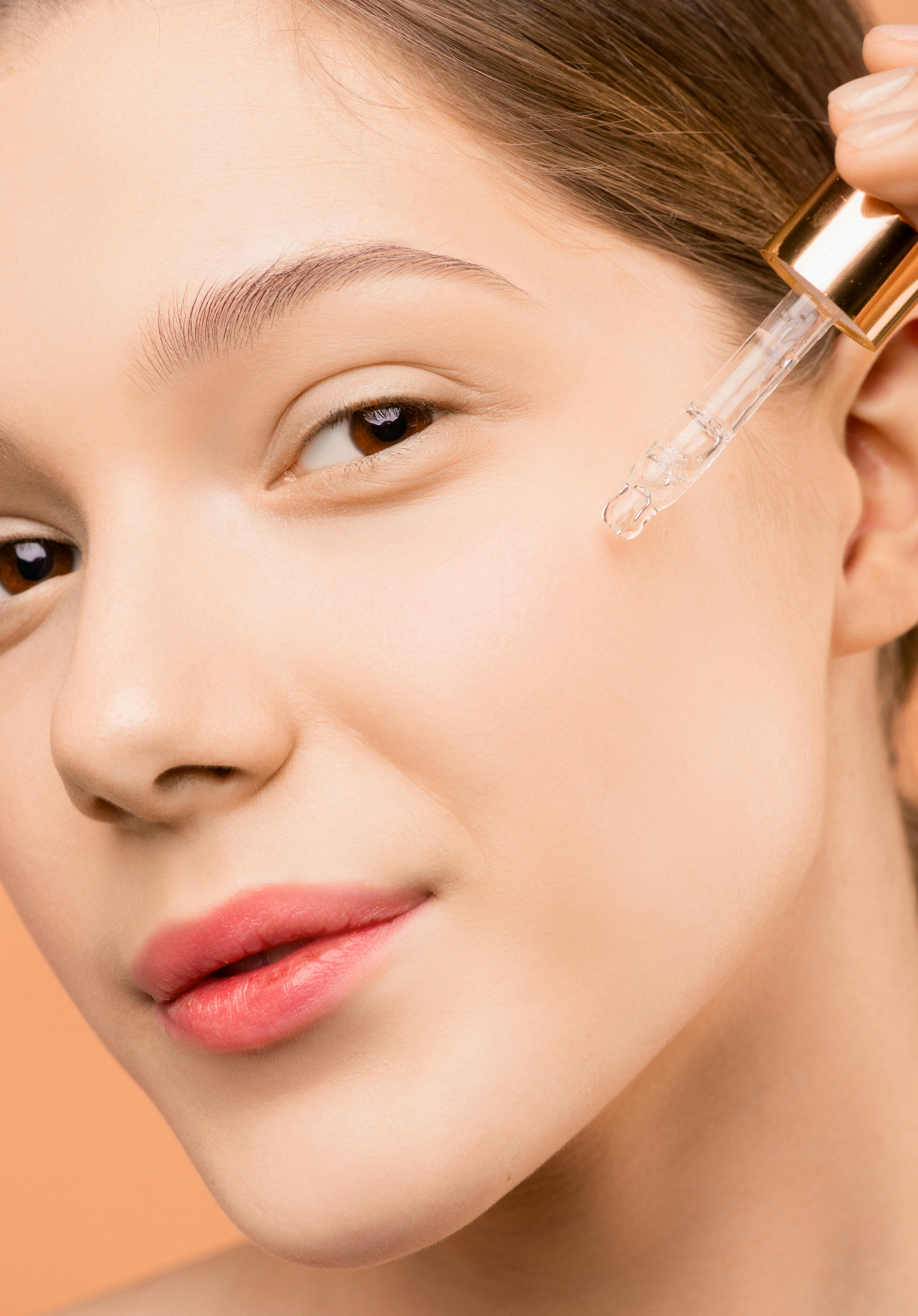Understanding barrier repair: signs, treatments, and daily habits
Learn how to recognize a compromised skin and scalp barrier, and which everyday habits and targeted treatments can restore hydration and resilience. This overview covers signs to watch for, useful actives, and practical routine tips for healthier complexion, scalp, and strands.

A healthy outer barrier helps keep moisture in, irritants out, and a balanced microbiome on skin and scalp. When that barrier is disturbed, common outcomes include dryness, increased sensitivity, visible flaking, and changes in oil production. Repair focuses on restoring hydration, supporting lipid layers, and reducing friction and inflammation so the complexion, follicles, and hair strands can recover their natural function and appearance.
This article is for informational purposes only and should not be considered medical advice. Please consult a qualified healthcare professional for personalized guidance and treatment.
What is the barrier and why it matters
The barrier refers to the outermost layers of the skin and the protective films on the scalp that regulate water loss and microbial balance. Lipids, natural moisturizing factors, and resident microbes form a physical and chemical defense that preserves hydration and prevents pathogens from penetrating. A resilient barrier supports an even complexion and healthy follicles; when it breaks down, transepidermal water loss rises and irritation can become chronic.
How to spot barrier damage on your complexion and scalp
Signs include tightness, rough texture, redness, stinging after product use, visible flaking, and unpredictable sebum levels. On the scalp you may notice flakes that differ from dandruff (more like dry patches), increased sensitivity to shampoos, or fragile strands near the roots. Inspect follicles for inflammation or small bumps, and observe whether the skin reacts more strongly to common stimuli—those are reliable indicators of compromise.
Daily routine: cleanser, exfoliation, and hydration
A gentle cleanser that removes dirt without stripping lipids is central to repair. Limit exfoliation—both physical and chemical—to avoid further disruption; when used, opt for mild, low-concentration formulations and space treatments to allow recovery. Prioritize humectant and occlusive layers: lightweight serums with hyaluronic acid or glycerin followed by emollient creams can improve hydration and barrier lipids. A consistent routine reduces stress on skin and scalp and supports steady repair.
Treatments: serums, peptides, and conditioner for strands
Look for targeted serums that combine hydration with barrier-supporting ingredients such as ceramides, cholesterol, fatty acids, and peptides that encourage structural repair. Peptide-containing formulas can support skin resilience while conditioners with gentle, reparative agents help strands by smoothing cuticles and reducing breakage. Avoid heavy formulations on oily scalps; instead, apply conditioners to mid-lengths and ends to protect strand integrity without overburdening follicles.
Sun protection, sebum control, and scalp care
Daily SPF use protects the barrier from ultraviolet damage that accelerates lipid depletion and moisture loss. For those with high sebum, balance is key: aggressive stripping shampoos increase oil rebound, so choose sebum-regulating but gentle options and consider scalp treatments that soothe inflammation rather than dry aggressively. Scalp massage can support circulation around follicles but use low-friction techniques and compatible products to avoid mechanical damage to strands.
Microbiome-friendly habits for skin and hair
A balanced microbiome contributes to barrier health. Avoid overuse of antiseptic treatments unless prescribed, and favor pre- and post-wash routines that support resident microbes—mild cleansers, conditioners that do not leave heavy residues, and serums designed for sensitive skin. When introducing new actives, patch-test and add one product at a time to monitor effects on the microbiome, complexion, and hair strands.
Conclusion Repairing the skin and scalp barrier combines gentle daily habits with selective treatments that restore hydration, lipids, and microbiome balance. Consistency—mild cleansing, measured exfoliation, hydrating serums, targeted peptides, and regular sun protection—helps damaged barriers regain function over weeks. Observe changes in sebum, texture, and sensitivity to refine a routine that protects follicles and supports healthy-looking complexion and strands.





